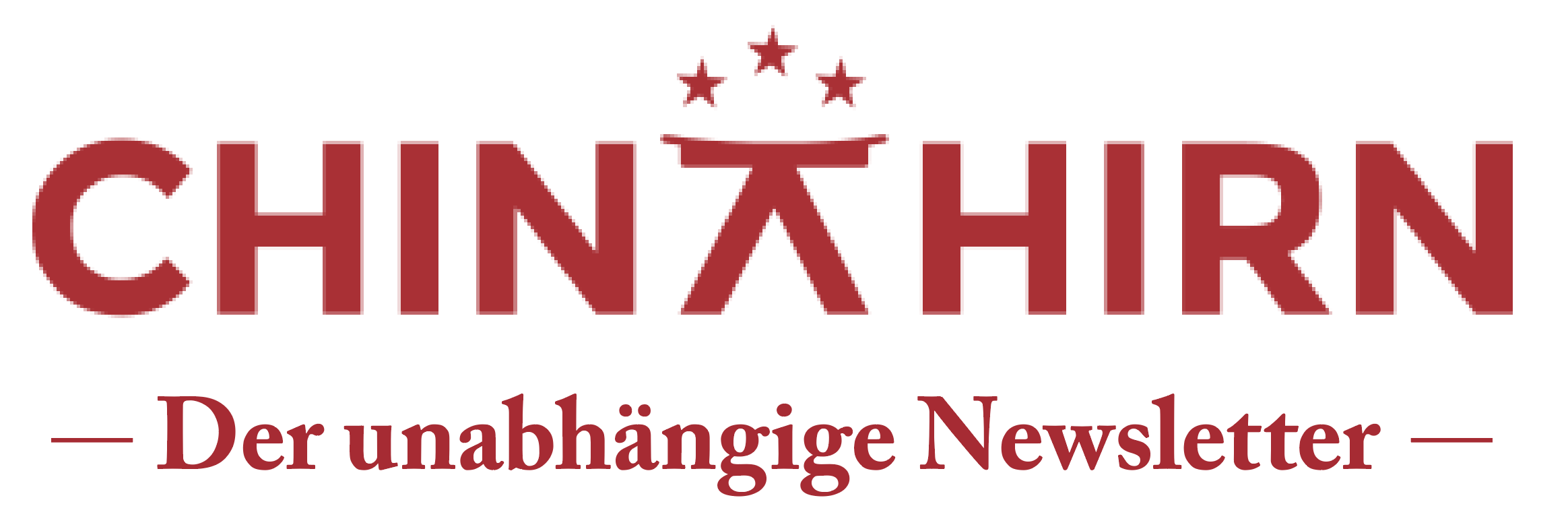Vom 15. bis 17. Juni fand im kanadischen Kananaskis der G7-Gipfel statt. Erstmals gab es kein gemeinsames Abschluss-Kommuniqué. So umging man mögliche Divergenzen mit dem US-Präsidenten. Stattdessen wurde eine „Chair‘s Summary“ veröffentlicht, also ein Bericht der gastgebenden kanadischen Regierung. Im ersten Teil wurde China namentlich nicht erwähnt, aber jeder wusste, dass China in folgender Passage gemeint war: “Leaders undertook to safeguard their economies from unfair non-market policies and practices that distort markets and drive overcapacity in ways that are harmful to workers and businesses.” Später wurde China mit Namen genannt, allerdings im Zusammenhang mit weithin alten Formulierungen. Hier ein Auszug: “Leaders highlighted the importance of a free, open, prosperous and secure Indo-Pacific, based on the rule of law, and discussed growing economic cooperation with the region. They stressed the importance of constructive and stable relations with China, while calling on China to refrain from market distortions and harmful overcapacity. Leaders discussed their ongoing serious concerns about China’s destabilizing activities in the East and South China Seas and the importance of maintaining peace and stability across the Taiwan Strait.” Deutlichen Raum in der Diskussion nahm die Sorge um kritische Rohstoffe ein, bei denen China ja ein Fast-Monopol hat. Zum ersten Mal wurde deshalb ein G7 Critical Minerals Action Plan verabschiedet.
Info:
Chair’s Summary: https://g7.canada.ca/en/news-and-media/news/chairs-summary/
Und hier der G7 Critical Minerals Action Plan: https://www.consilium.europa.eu/media/rwkj3dls/minerals-en.pdf
